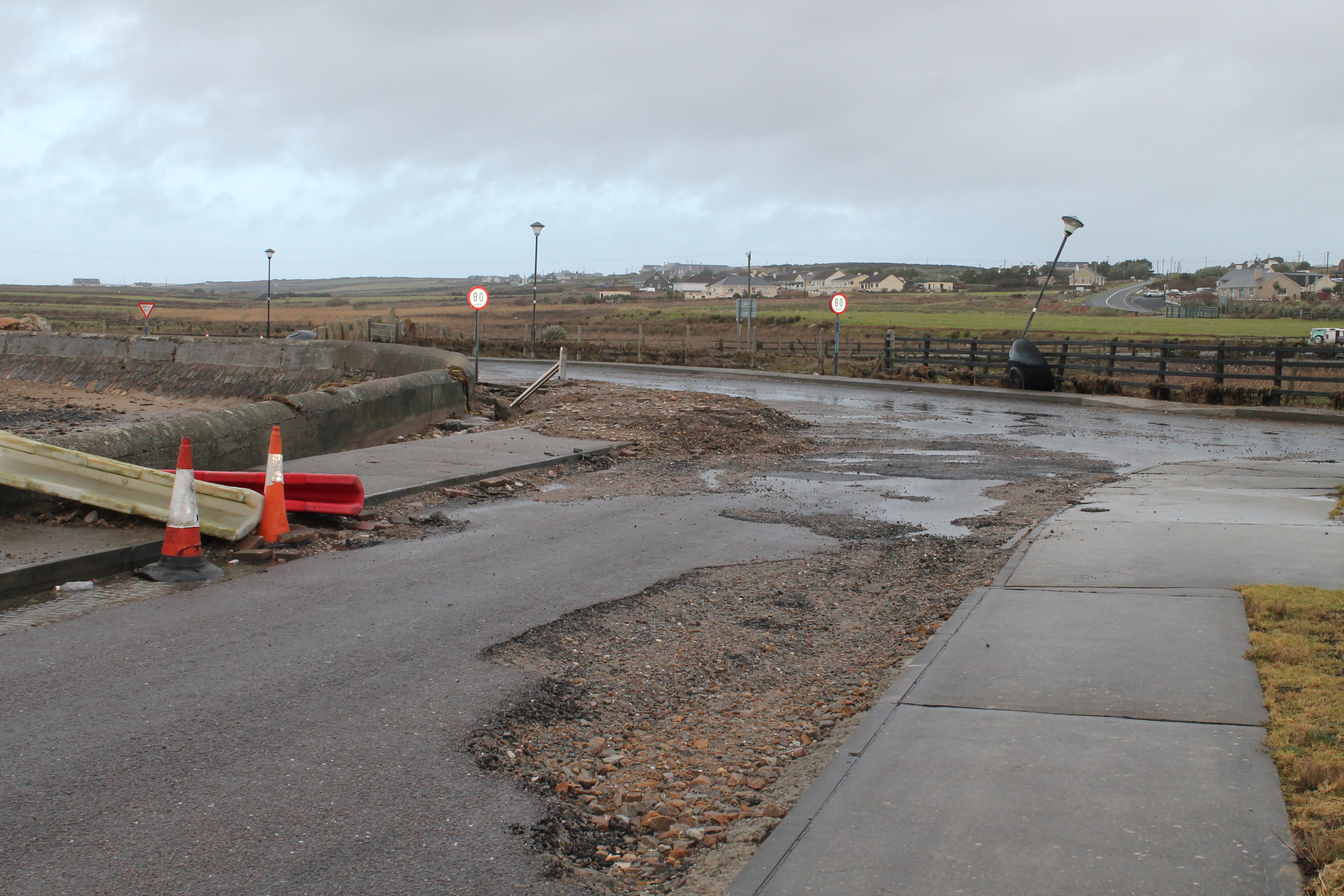Séminaire Odeur 2014
/I just returned from Séminaire Odeur 2014 in Quebec City. I joined more than 70 professionals from the private and public sectors to learn about the latest in sampling, quantifying, neutralizing, eliminating, and managing odors. Yann Contratto and Richard Leduc, my colleagues at OlfactoExpert, Inc. organized the seminar so that project owners, consultants, and vendors could learn about each other’s needs and opportunities. Another college of MLMe, Francois Peron, President of Bioservice.ca., delivered a presentation on the success of Odocontrol solutions in neutralizing odors at WWTPs, compost facilities, transfer stations, landfills, and other odor generating facilities.
Francois Perron talks about the success Bioservice has in reducing and eliminating odor complaints.
What I learned:
For existing or new construction you can and should conduct a preliminary audit that includes:
- diagnosis of odor emissions under present conditions (zero point before construction) and future conditions
- validation of the abatement efficiency of treatment methods in various operating scenarios
- odor impact study to assess concentrations in surrounding community based on site operating conditions
- prioritization of the impact of the various odor sources to guide the identification of appropriate odor solutions
- public education and outreach regarding the site activities to local officials and residents
OlfactoExpert's preliminary audit will lead into an odor sampling program and analyses that will establish a realistic odor dispersion model and identify cost-effective odor controls, including design solutions, operational techniques, and odor neutralizing products.
For your existing transfer station, composting facility, and wastewater treatment operations now is the time to develop your warm weather odor management program. BioService products and application techniques will keep those foul odors from becoming your summer headache.
My local team is ready to meet with you to discuss all your odor management challenges. Call me at 413 313 6901.











